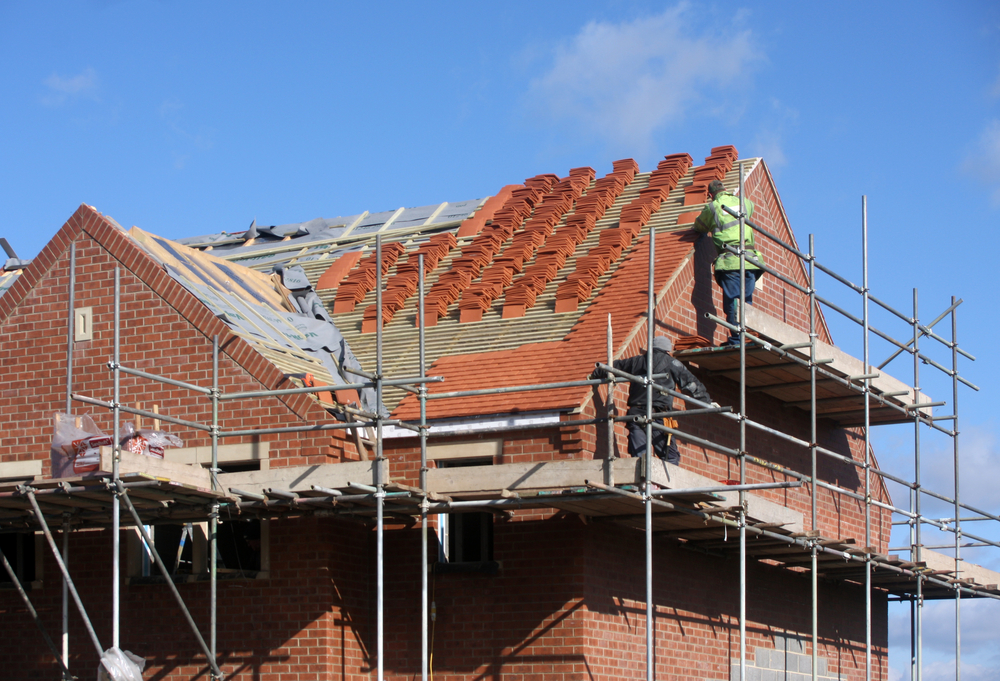
While construction activity decreased for the fourth month in a row, residential work showed a degree of resilience in April, with the rate of contraction easing to the least marked in 2025 to date.
This is according to the latest S&P Global UK Construction PMI for April which revealed that the reduction in activity in residential work was the slowest seen across the three sub-categories of construction work (the other sectors being commercial and civil engineering).
At 46.6 in April, the headline – a seasonally adjusted index tracking changes in total industry activity – remained below the 50.0 no-change value, but was up slightly from 46.4 in March and signalled the slowest decline in output levels for three months.
The rate of contraction in residential work eased to 47.1, the least marked in 2025 to date.
Commercial work (45.5) decreased for the fourth month in a row in April and the pace of decline accelerated to its fastest since May 2020.
Construction companies widely noted that heightened business uncertainty and worries about the broader UK economic outlook had weighed on client demand.
A more positive outlook for residential work was also seen earlier this week in the latest data from Glenigan. The Glenigan Construction Index showed residential starts rising 24% quarter-on-quarter and up 22% year-on-year, an indication of improved confidence in the sector.
Overall, the value of underlying work starting on-site rose 7% on the previous quarter and remained 3% ahead of last year’s levels, which Glenigan insisted was “a sign of resilience despite challenges elsewhere.”
Shawbrook managing director of development finance Terry Woodley agreed that there was some reason for cautious optimism. “Areas such as residential construction have struggled to grow due to a lack of demand, likely due to wider economic concerns which have dampened confidence across the board.
“Still, the Government’s efforts over the past few months to ‘get Britain building’ have been notable and could help instil confidence in the coming months. This includes reforming the planning system, boosting training to address the skills shortage, and pledging £113bn of capital spending over the next five years, which have all contributed to the OBR’s predictions that housebuilding will reach a 40 year high.”
He added that whilst wider economic concerns were still very much present, the pieces were in place for a strong second half of the year.
“Property developers have already responded favourably to the additional support, with Shawbrook’s research finding that 61% of developers believe the residential market will improve this year. Looking ahead, there are still reasons to remain optimistic and developers should continue to keep their cool and plan for H2.”



